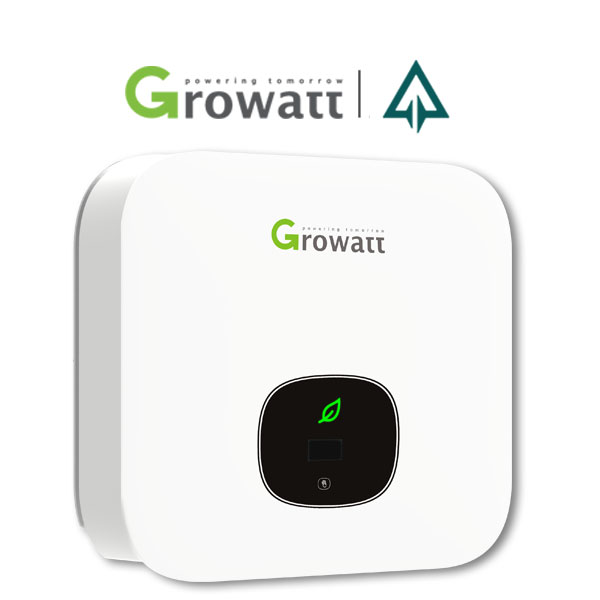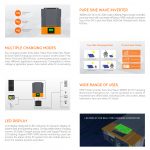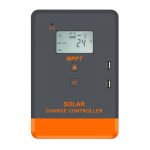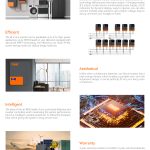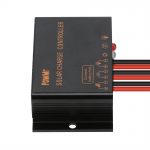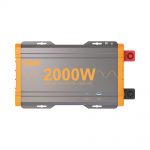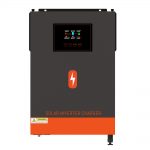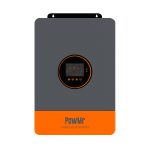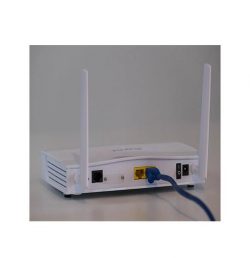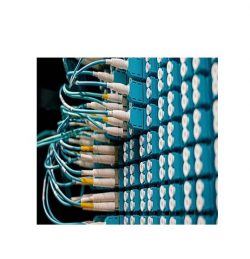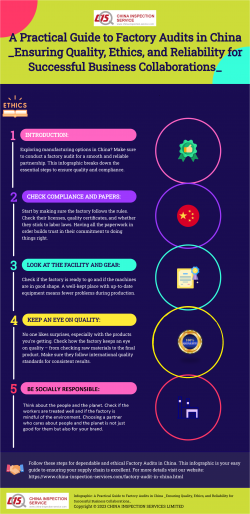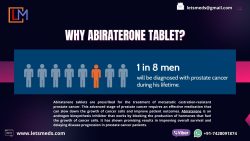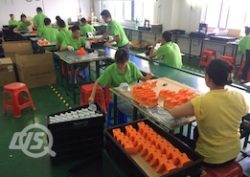The device is 15% more efficient than ordinary inverters
At the same time, the inverter starts to draw current from the battery, which is then supplied to the AC load. Since it remains off while drawing current from the AC line during normal operation, it is called an offline UPS. When using a PWM regulator, the setup parameters cannot be changed due to the inflexibility of the PWM system, which means that during charging, the output Voltage and current remain constant. Even if the solar input changes, there is no change in the controller output.
Constantly changing with environmental factors such as sunlight levels, ambient temperature and humidity. Even with the best sunlight, the energy generated by solar panels can be wasted. In addition, powmr offers pure sine wave inverters that provide grid-like power to loads in the event of a power failure. Inverter-battery combinations have been proven to run for extended periods of time with little maintenance and are much more robust than UPS.
The Powmr family of three-phase All in one Inverter are designed to meet the requirements for reliability and quality of power supply in the most demanding applications in domestic/industrial/commercial establishments, which typically have three-phase power running heavy loads, elevators, lighting loads, and more. For pure sine wave, quasi-sine wave and square wave, the output of the inverter will be different. For best efficiency, you need to know what type of waveform the best home inverters in the world offer. To make appliances such as washing machines, refrigerators, air conditioners, kitchen appliances and TVs perform better, you should invest in a pure sine wave inverter. In addition to these benefits, using an innovative PWM solar charge controller over older technology means reducing the cost and battery handling issues of the solar system.
It also improves solar system reliability and reduces load disconnects. It also provides an opportunity to reduce battery size to reduce system cost. Power outages are common, but that doesn’t mean they affect work. We at powmr care about your time and productivity. So we bring you the best inverters. These world-class inverters are designed for your convenience and comfort. Dual battery inverters are an especially good choice for homes and commercial establishments.
MPPT vs PWM: Advantages and Disadvantages. MPPT and PWM charge controllers perform the same task in a solar system. We’ve created a list with all the pros and cons of both technologies for your reference. How many solar panels can be connected to one charge controller. You will find this information in the user manual when you purchase a solar charge controller. In general, the maximum power of the PV means the largest panel you can connect to the charge controller.
powmr has a long list of noteworthy features, and anyone looking to buy the next-gen should buy it. powmr is eco-friendly in many ways. First, it uses lithium-ion Solar Batteries instead of old lead-acid batteries. Not only does it extend its lifespan by 3 times, but it is also maintenance free. Second, the device is 15% more efficient than ordinary inverters. Third, the battery charges three times faster and consumes less power. The MPPT charge controller is a technology dedicated to almost all photovoltaic power generation.
Of course, for solar installations where the module voltage is higher than the battery voltage. It surpasses the capabilities of most other inverter models thanks to its Wi-Fi connectivity and mobile app. Connect your phone to the internet, and no matter where you are, you can view key information such as Zelio WiFi’s available backup time, battery level, operating load, voltage, and more. A power UPS or UPS is to change direct current (DC) to alternating current (AC).
The input voltage, output voltage and frequency and total power handling of the electronic device or circuit depend on the design of the specific device or circuit. The UPS does not generate any power; the power is provided by DC power. Power UPS can be completely electronic or a combination of mechanical effects (eg rotating gear) and electronic circuits. The working principle of the MPPT charge controller: The MPPT charge controller tracks the maximum power point of the solar panel in real time, and the solar panel outputs the maximum efficiency. The higher the voltage, the more power can be output through MPPT, which improves charging efficiency.
